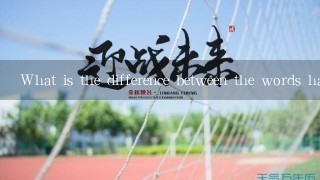What is the difference between the words happy and sad in their idiomatic expressions?

Sure, here's the difference between the words happy and sad in their idiomatic expressions:
Happy:
- To be in a good mood: This phrase emphasizes a positive emotional state, often accompanied by a sense of contentment or fulfillment.
- To be in high spirits: This phrase suggests a more energetic and optimistic mood, often associated with excitement or anticipation.
- To be bursting with joy: This phrase conveys a strong and overwhelming sense of happiness, almost to the point of being silly.
Sad:
- To be in a bad mood: This phrase emphasizes a negative emotional state, often accompanied by a sense of sadness, disappointment, or grief.
- To be down in the dumps: This phrase suggests a more severe and persistent state of sadness, often associated with a loss or disappointment.
- To be heartbroken: This phrase specifically refers to a deep and painful sense of loss and sadness.
- To be down in the doldrums: This phrase suggests a feeling of boredom and lack of motivation, often associated with a lack of interest or excitement.
Additional notes:
- Both "happy" and "sad" can be used with different degrees of intensity. For example, "I'm feeling happy about my new job" indicates a more positive state of happiness than "I'm just okay".
- Some idioms use "happy" and "sad" interchangeably, while others use them in different contexts. For example, "I'm feeling blue" is typically used to express sadness, while "I'm feeling happy" is typically used to express a positive emotion.
- Idioms involving "happy" and "sad" often carry cultural and regional variations.





































































